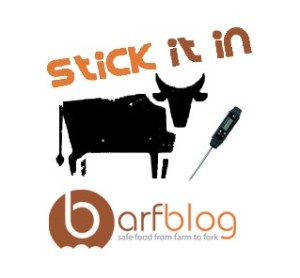You see a cute reptile, I see a Salmonella factory.
 The U.S. Centers for Disease Control, multiple states, and the U.S. Food and Drug Administration Center for Veterinary Medicine investigated two multistate outbreaks of human Salmonella infections linked to contact with small turtles in 2015.
The U.S. Centers for Disease Control, multiple states, and the U.S. Food and Drug Administration Center for Veterinary Medicine investigated two multistate outbreaks of human Salmonella infections linked to contact with small turtles in 2015.
51 people infected with the outbreak strains of Salmonella were reported from 16 states between January 22, 2015 and September 8, 2015.
15 ill people were hospitalized, and no deaths were reported.
50% of ill people were children 5 years of age or younger.
Epidemiologic and laboratory findings linked these two outbreaks of human Salmonella infections to contact with small turtles or their environments, such as water from a turtle habitat.
All turtles, regardless of size, can carry Salmonella bacteria even if they look healthy and clean. These outbreaks are a reminder to follow simple steps to enjoy pet reptiles and keep your family healthy.
Wash hands thoroughly with soap and water immediately after handling turtles or anything in the area where they live or roam.
Since 1975, the Food and Drug Administration has banned the sale and distribution of turtles with a shell length of less than 4 inches in size as pets because they are often linked to Salmonella infections, especially in young children.
Small turtles should not be purchased as pets or given as gifts.
CDC’s National Antimicrobial Resistance Monitoring System (NARMS) laboratory conducted antibiotic resistance testing on Salmonella isolates collected from seven ill people infected with one of the outbreak strains.
All seven isolates were susceptible to all antibiotics tested on the NARMS panel.
The outbreak is expected to continue at a low level for the next several months since consumers might be unaware of the risk of Salmonella infection from reptiles, including small turtles. If properly cared for, small turtles have a long life expectancy.


















